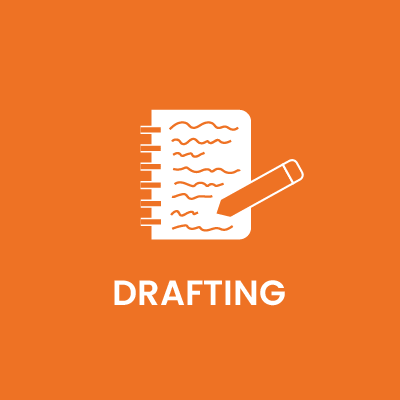
Language Experience Approach
Purpose
Write down personal stories at the same time as they are being told aloud. The written story reflects the writer’s own experiences and language. It connects writing to real-life experiences.
How
The instructions in the link below will show how to do this strategy, but here is the outline:
- Have the writer speak about a topic
- Write down the writer’s exact words
- Share the text with the writer when finished—tutors/instructors may want to read the text aloud so the writer can hear what they said repeated back to them
- Ask the writer if they would like to change anything—they can make any revisions to the text they would like
See it in Action!

Watch
The language experience approach is explained in more depth here.

Practice
Give the writer potential prompts for this approach:
- What did you do yesterday?
- Tell me a bit about your favourite thing (child, pet, colour, place, etc.)
- Tell me a bit about your best memory.
- Who is your favourite movie star/politician/public figure and why?

Add Complexity
- Instead of using the story generated for reading, ask the writer to expand on it by adding details to the story in writing.
- This story can also be used for feedback and revision stages later, if the writer wants that.
- This can become a timed writing. Have them write for 5-10 minutes on the topic.

